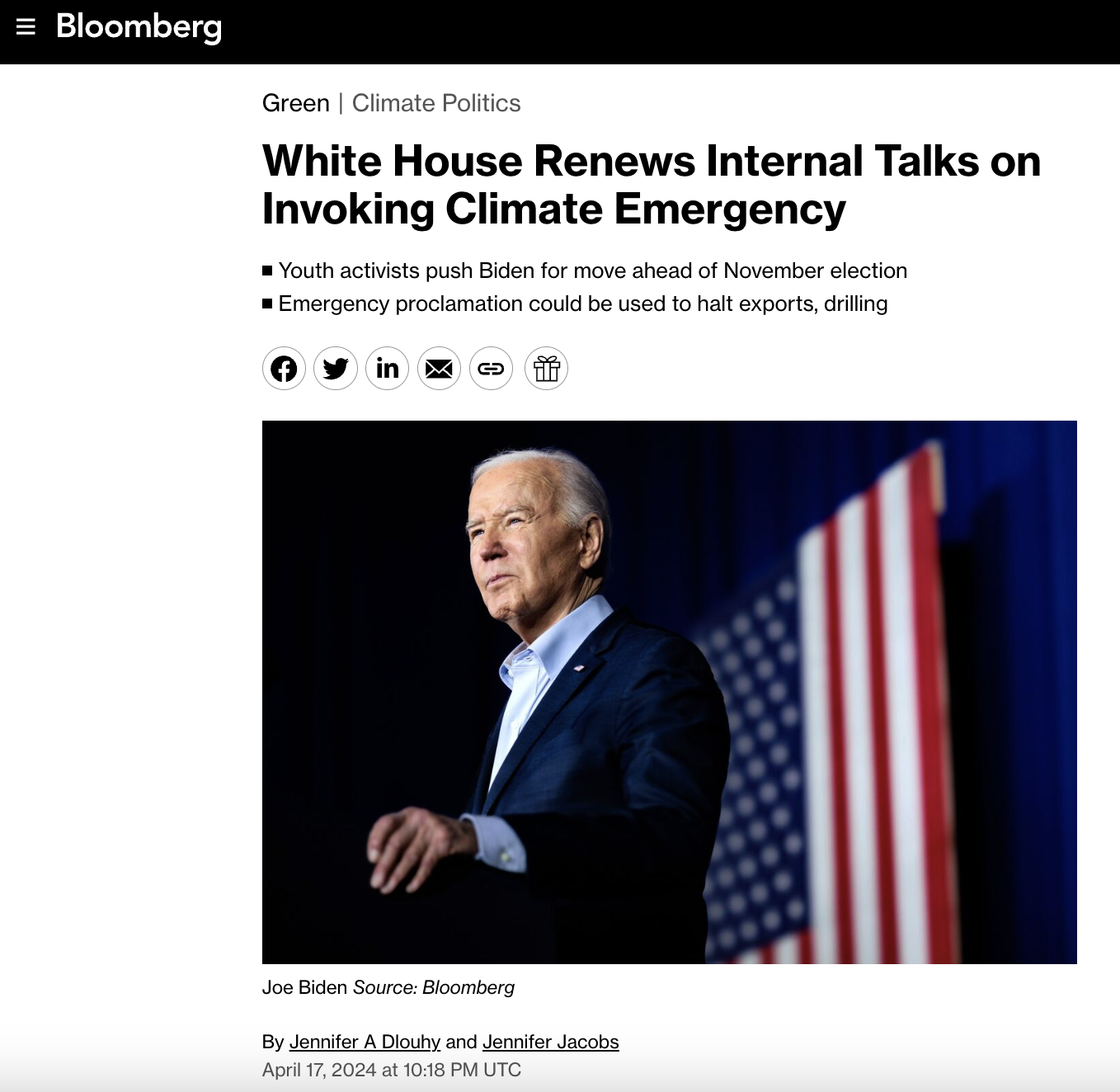PUBLISHED
Countries should sue the world’s biggest oil, coal and gas, and cement companies for damages resulting from climate change—says well-known climate scientist James Hansen.
Hansen, a former NASA scientist who warned Congress about the dangers of climate change in 1988, says global warming of 2°C, or even 1.5°C, is dangerous, risking sea level rise of at least 10 feet in as little as 50 years. That would put major parts of coastal cities like New York underwater. He believes major impacts of climate change are happening faster than what is reported in even the latest science reports, including the U.S. government’s Climate Science Special Report released last Friday.
An enormous amount of money is urgently needed to dramatically slash emissions of carbon dioxide (CO2), take existing CO2 out of the atmosphere, and for countries to cope with the impacts of climate change, Hansen argues. And that money should come from the companies that profited most from burning fossil fuels, Hansen will tell world leaders Tuesday in Bonn, Germany, at the annual United Nations climate negotiations.
Known as COP 23, negotiators from 197 countries are meeting this week to finalize details around the Paris Climate Change Agreement, including a process to increase emission reductions. The current reductions promised by countries under the Paris Agreement are only a third of what is needed to stay below 2C, according to the United Nations Environment Program.
“I tried to get an opportunity to address the negotiators but did not succeed. I will give my talk at a press conference,” Hansen told National Geographic in advance of the meeting.
TARGETING “CARBON MAJORS”?
The companies that could be sued are known as the “carbon majors,” Hansen says. These are the 100 companies who have been the source of more than 70 percent of the world’s greenhouse gas emissions since 1988. ExxonMobil, Shell, BP, and Chevron are listed as among the highest carbon-emitting, investor-owned companies.
This legal action is comparable to the successful tobacco industry lawsuits that resulted in billions of dollars in settlements, he adds.
LEGAL PRECEDENTS
In fact, climate lawsuits are already happening. Last year, a Filipino government body called the Commission on Human Rights of the Philippines accused 47 carbon majors of human rights violations because of their role in climate change. Three California coastal communities sued 31 fossil-fuel companies in July. Last month, four municipalities on Canada’s west coast asked Chevron, Exxon, Shell, and others to pay their share of the climate costs those communities are facing. There is now even a nascent movement called Climate Law in our Hands that helps communities go after these carbon-emitting companies.
Governments are also being sued. A Dutch citizens’ group won the first-ever climate lawsuit against a government in 2015. The courts agreed that the Netherlands government wasn’t doing enough to protect its citizens and made the unprecedented ruling that the country’s annual CO2 emission reduction target had to increase from 17 percent to 25 percent by 2020 compared to 1990 levels. For comparison, 2015 (most recent available) annual U.S. emissions are four percent higher than 1990.
Hansen is involved in a 2015 lawsuit against the U.S. federal government, brought by 21 kids under the age of 21, including his own granddaughter. The case argues that the government’s failure to curb CO2 emissions has violated the youngest generation’s constitutional rights to life, liberty, and property. A trial will be held February 5, 2018 in the U.S. District Court of Oregon. Another group of youth just filed a lawsuit against Governor Bill Walker of Alaska alleging that “the state is violating their constitutional rights by putting fossil-fuel production above the safety of their lives.”


